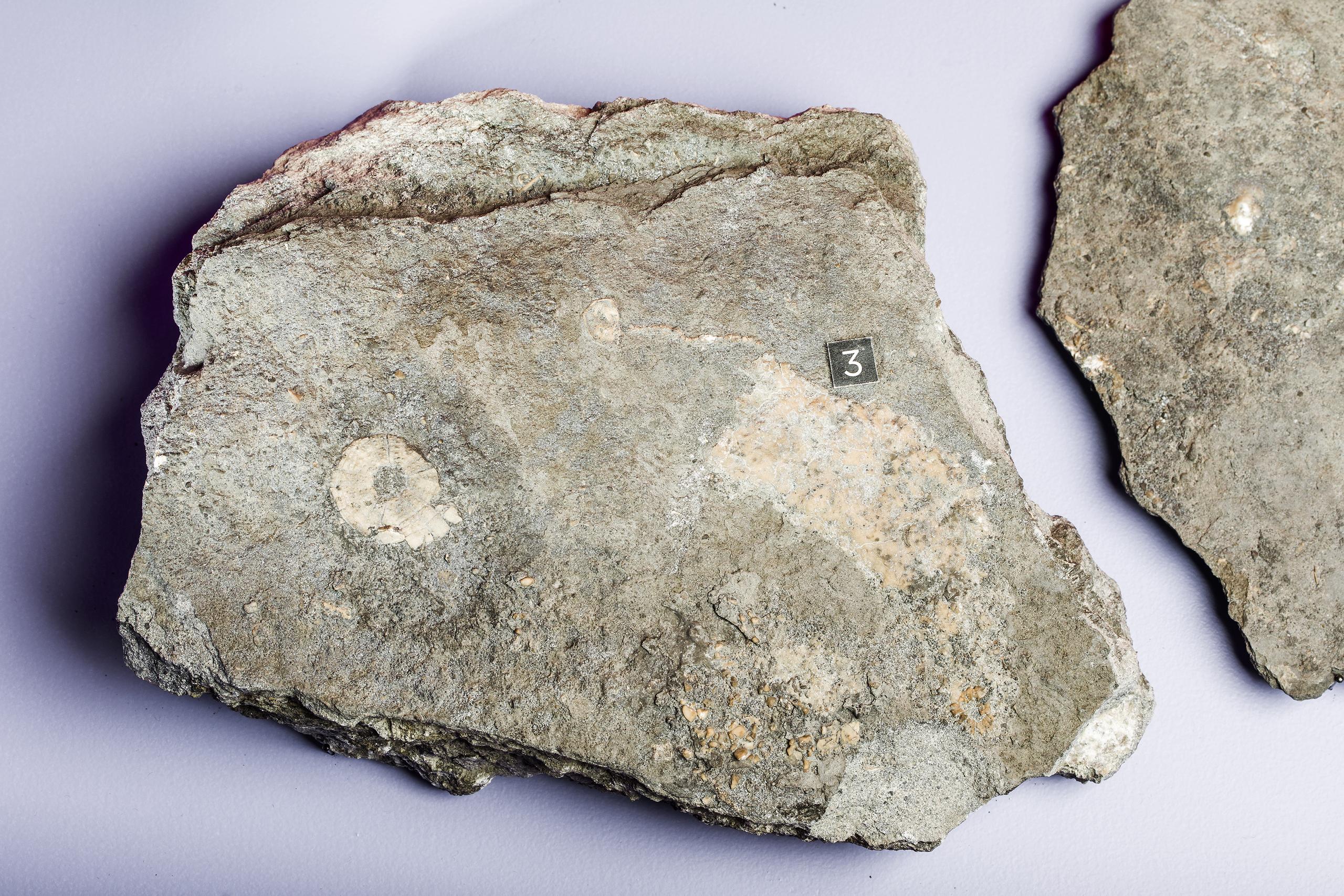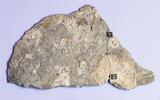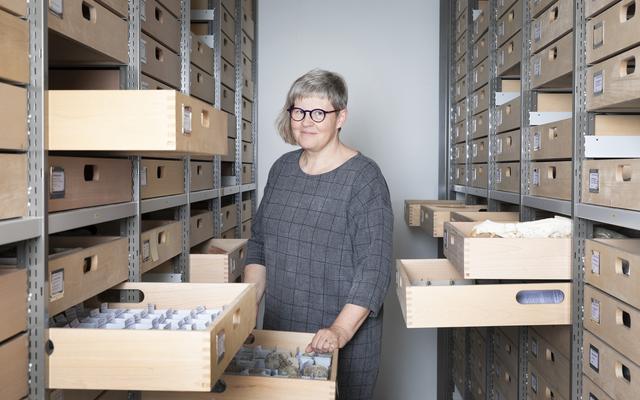Wonderfully preserved echinoderms: After the rare finds in 2016 and 2017, the palaeontology team of the Natural History Museum once again made spectacular discoveries in 2020. These new finds - perfectly fossilised, beautifully prepared starfish, sea cucumbers and sea urchins - can now be admired alongside the earlier finds in the special exhibition.
When blasting takes place in the quarry of the company jura cement in Unteregg (AG), things get exciting for the palaeontologists of the NMBE. The blasts break up 170-million-year-old rock from the geological epoch of the Middle Jura. Enormously rare deposits await the fossil hunters in the main rogenstein. In the area of the quarry, which may only be entered with a permit, a catastrophe probably took place millions of years ago. Apparently, strong storms washed a multitude of creatures into local hollows near the present-day site, where they were quickly covered up by sediments - this is the only way to explain why the echinoderms occur in such high numbers and are so well preserved. This is why the finds are so unique: usually echinoderms are only found as small skeletal particles in this rock layer. The shallow and warm sea of that time was in constant motion and crushed the skeletons.
The exceptionally good preservation is also evident in the new finds - for example in the fossil sea cucumbers. These had no bones, but a skin reinforced only by lime needles - this skin is still perfectly visible in the fossils now on display! Aesthetic masterpieces of nature are also the sun stars, one of three forms of starfish to be discovered on the stone slabs. The preparation of these unique objects once again required countless hours of precise and patient work by the NMBE's earth science preparators.
The special exhibition «5 Stars - Sensational Fossil Find from the Jura» opened in September 2018 and will be extended until the end of 2022. The centrepiece is the two-square-metre highlight: a rock slab on which all five echinoderm groups are united. On the 170-million-year-old slab, sea urchins, starfish, brittle stars, crinoids and sea cucumbers are wonderfully preserved in their filigree beauty. The staging of the exhibition is unconventional: at the entrance, the young and old fossil freaks are given 3D glasses. This turns the quarry site into an impressive backdrop.
Translated with www.DeepL.com/Translator





